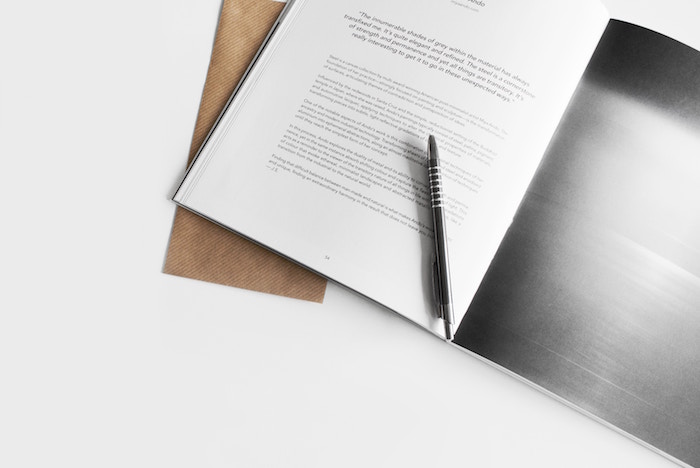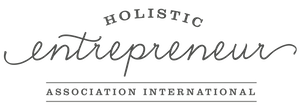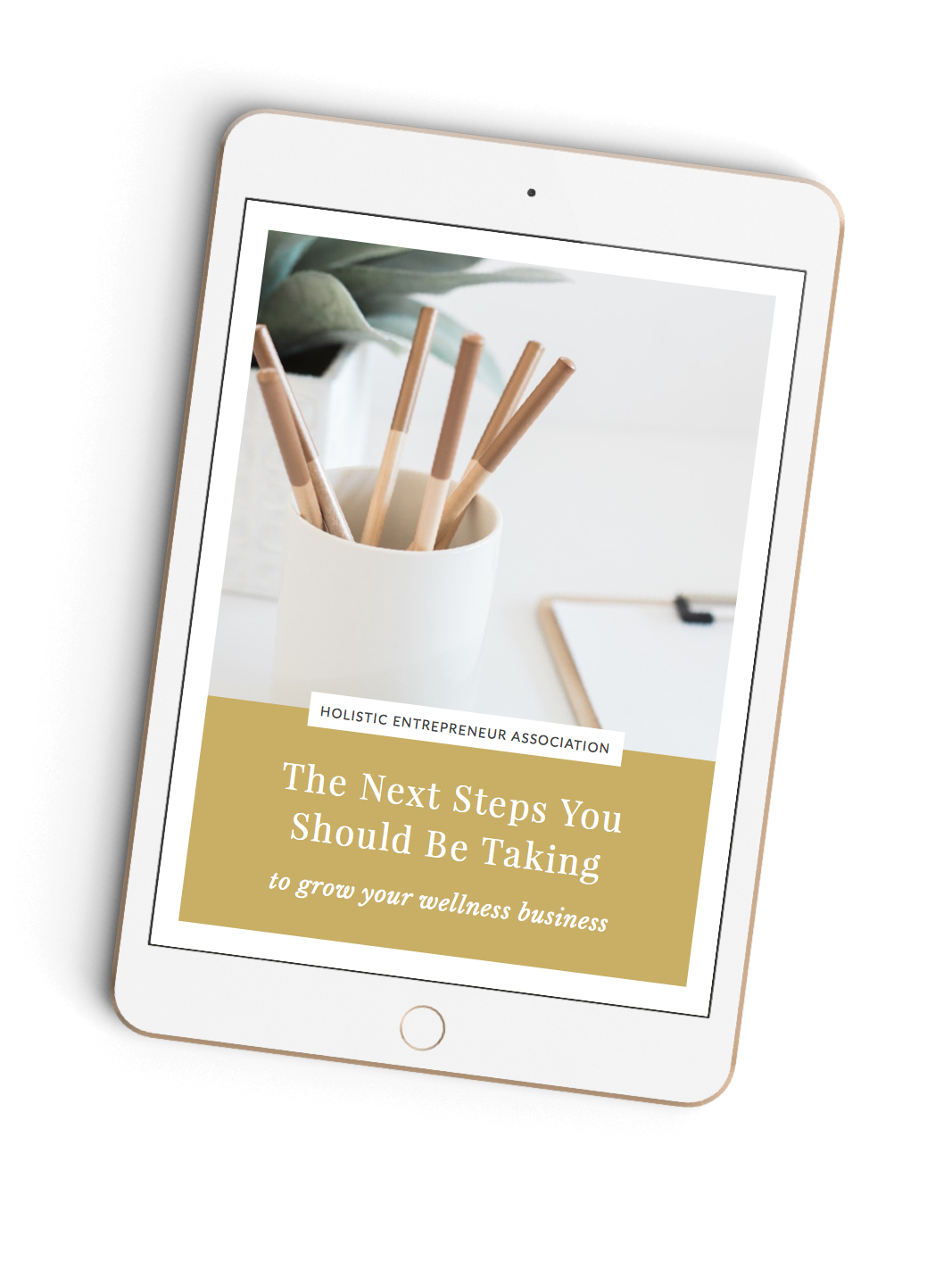 Delivering public lectures and workshops is an excellent marketing tool for growing your practice.
Delivering public lectures and workshops is an excellent marketing tool for growing your practice.
Prospective clients in the audience have the opportunity to learn about your philosophy, your approach to health and wellness, and have a sample of your expert knowledge.
Public speaking was the primary tool I used for growing my nutrition practice, and led to additional opportunities, such as an interview with the LA Times and subsequent syndications in the Chicago Tribune and other publications.
Through trial and error, I learned quite a bit about what helped make a lecture successful, as well as a few key pitfalls that can be avoided with a little foresight.
Here the top five mistakes I’d recommend steering clear of when delivering your next lecture:
Not memorizing the first two minutes of your lecture
Do yourself a favor and commit minimally the first two minutes of your speech to memory. This way, you can start out strong, looking at the audience as you confidently deliver those initial concepts and subsequently establish rapport with them as opposed to burying your head in your notes right off the bat.
Unless you are completely comfortable speaking in front of an audience and prefer spontaneity when you present, play it safe and memorize the first two minutes at least.
Not practicing your lecture before delivering it
Prior to delivering your presentation, practice delivering it to an empty room or a small group of friends or family. This allows you to get familiar with the material, your pacing and how you want to communicate each point. If you will be using a projector or other piece of equipment as part of your presentation, be sure to practice with your equipment as well.
Taking yourself too seriously while you’re speaking
As a health professional, it’s easy to slip into a very conservative, formal way of lecturing when relaying technical data. While it’s true that you should be presenting yourself in a professional manner, letting your warmth, care, interest, and perhaps a little humor come through will foster a better connection with your audience and likely increase their interest in working with you as their practitioner.
Avoiding vulnerability
While you don’t have to spend an inordinate amount of time sharing your vulnerable stories with your audience, providing them with a peek into your own health journey or telling a personal story that pertains to what you’re teaching about helps your audience to connect with you and makes you more real. A good example of this could be, in a lecture about fermenting foods, telling your audience about a time one of your own ferments went south, and what you learned from it.
Not presenting a call to action
If you’re delivering a free lecture, you are likely doing so to get new clients. Some practitioners feel worried about coming across as too “salesy”, so they refrain from spending time telling the audience about what it is they are offering. However, if you’ve provided valuable content during your lecture, the audience will be happy to hear about your services towards the end of the lecture, and likely interested in what else you have to offer.
So get out there and make your next lecture a smooth, enjoyable, and profitable experience!

With love,





